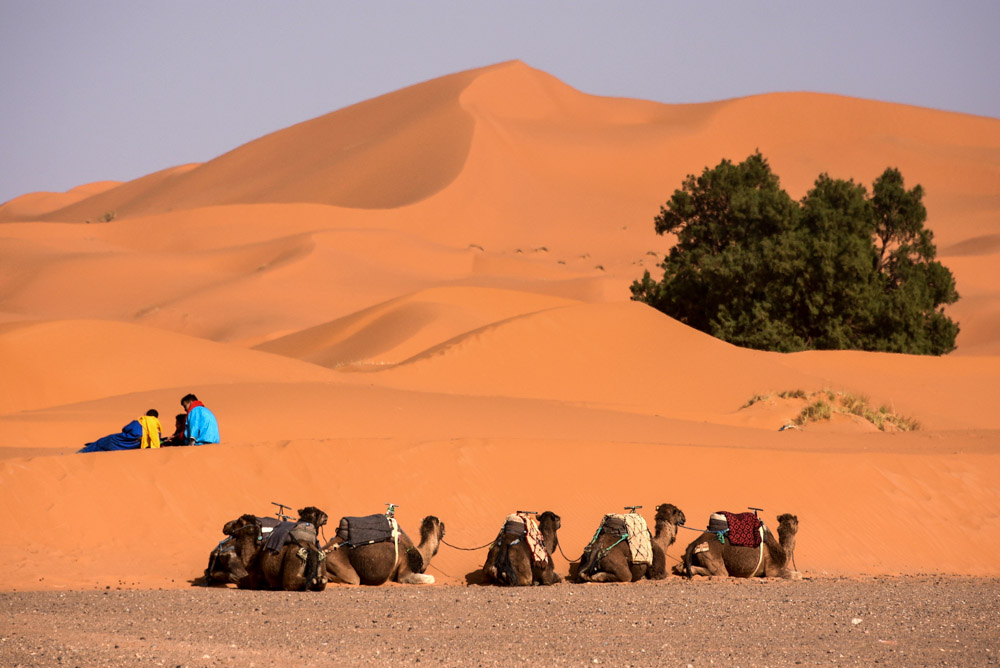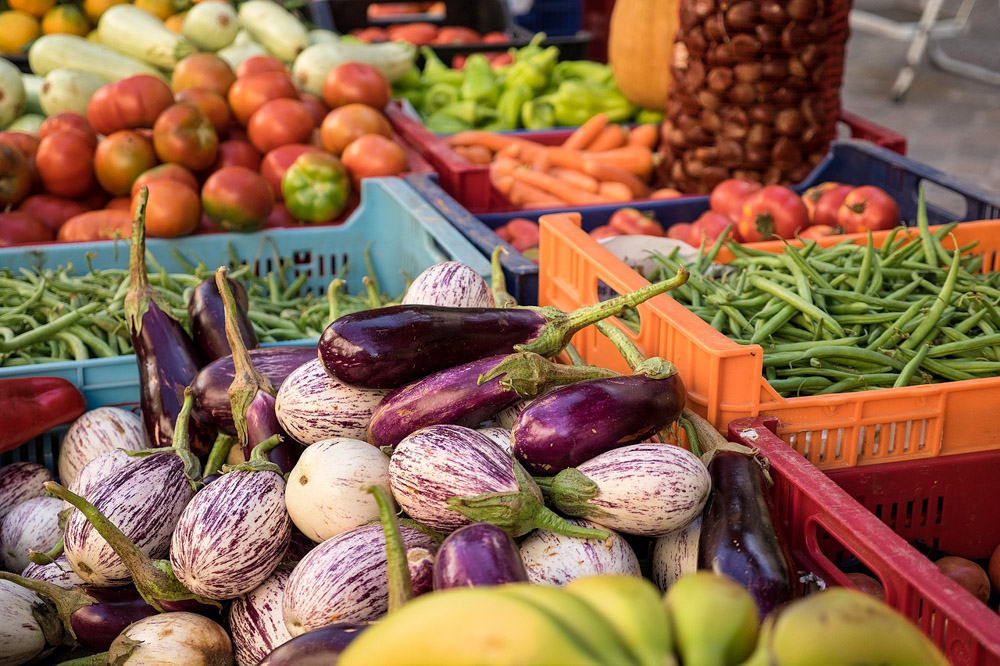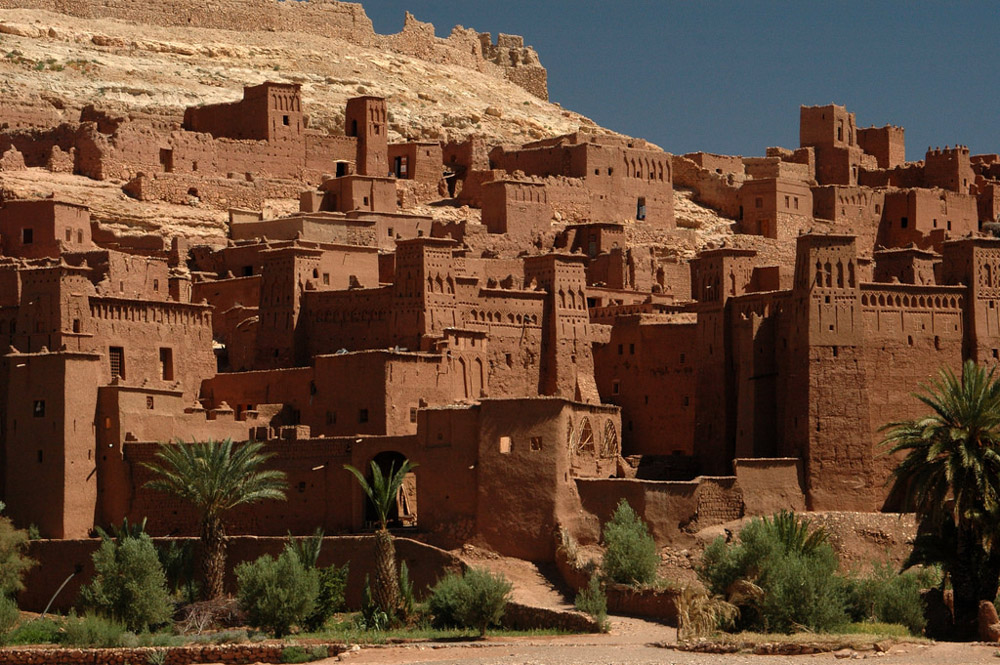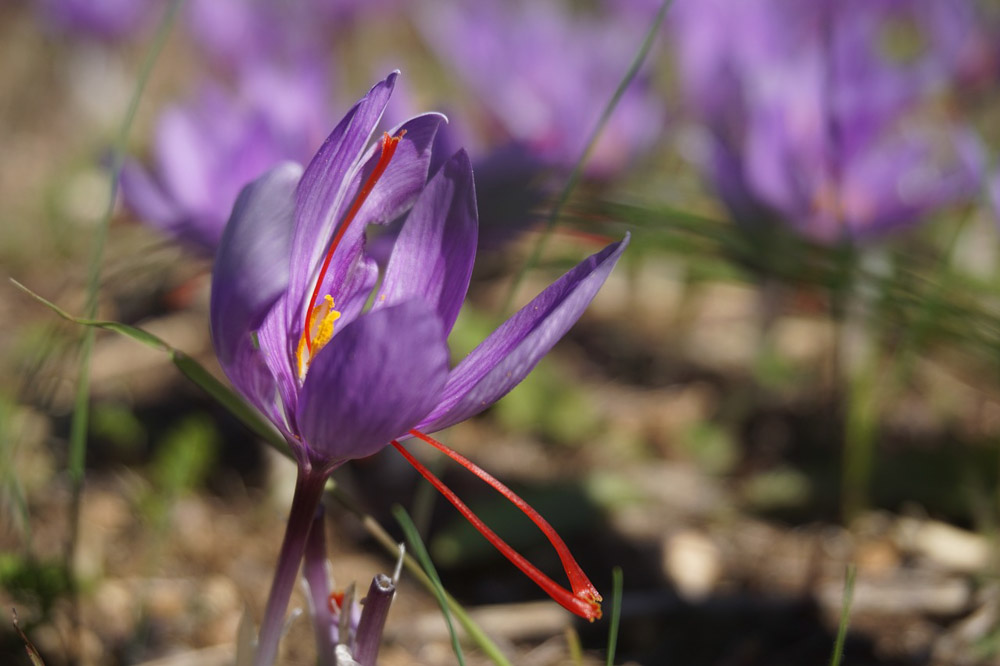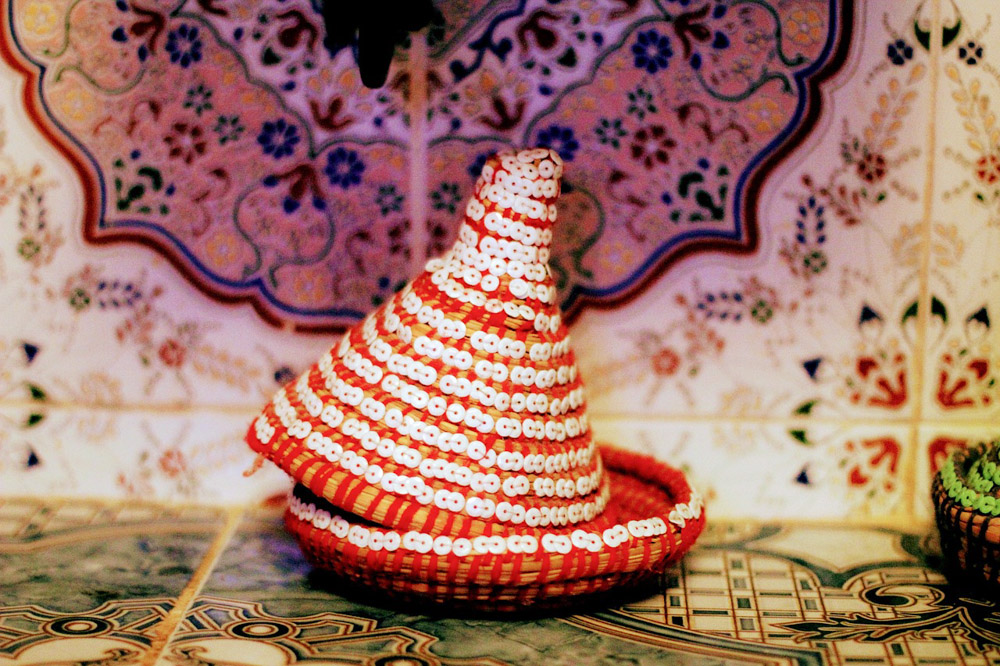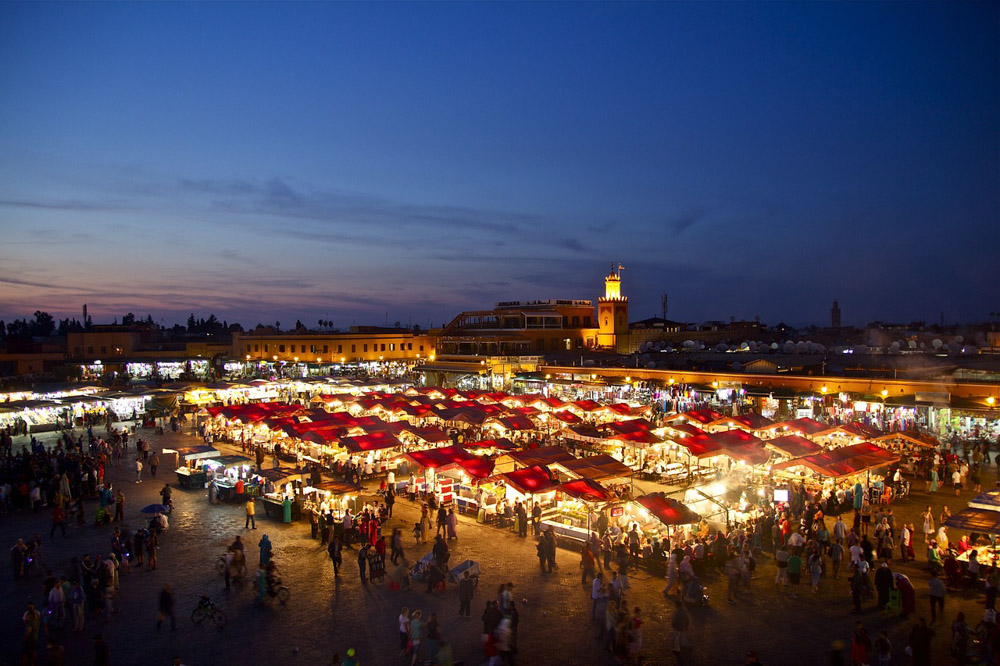When you take a bite of Moroccan food, you also get a flavour of the country’s unique history. We sit down to a delicious meal, and take a whirlwind tour through Morocco’s fascinating past…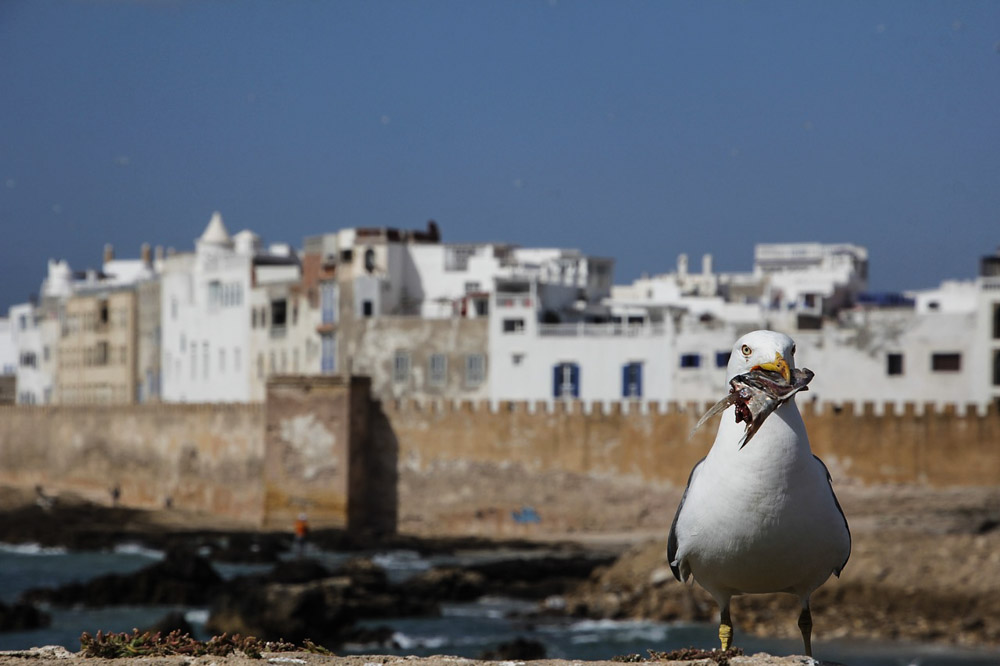
For Morocco’s pre-Islamic inhabitants, the Berbers, food was a matter of survival. Originally nomadic, the Berbers were limited to what they could carry easily – meat and grains, simply cooked, formed the basis of their diet. From these humble beginnings to the rich cuisine we know today is a long journey – best taken one course at a time…
Gradually, the Berbers settled down to farm small pockets of land, from steeply terraced fields in the High Atlas mountains to the fertile slopes of northern Morocco.
Moroccans say that theirs is a cold country with a hot sun. That sunlight has created ideal growing conditions for fruit and vegetables. Market stalls are laden year-around with vine-ripened tomatoes, glossy eggplants, crisp cucumbers, colourful peppers and juicy citrus fruit – a long list of mouth-watering produce.
And so, our meal starts with small platefuls of salads – a typical appetiser here. Fresh vegetables are simply dressed with olive oil, lemon juice and fresh herbs, showcasing the ingredients’ natural flavour and sweetness, and refreshing the palate for the meal ahead.
Next, we’ll split one of Morocco’s most celebrated dishes; an elaborate pie called bastila. Chicken (or, more traditionally, pigeon) is slowly cooked in a saffron-spiked broth and shredded. This filling is layered with a crunchy mix of toasted almonds, cinnamon, sugar and scented with orange blossom water, before being enveloped in delicate layers of warqa pastry and baked. The final dish is a taste of Moorish Spain that has passed through the last six centuries little altered.
The saffron used in bastila is produced around the Berber village of Taliouine, south of Marrakech. For a few weeks each autumn, women harvest thousands of saffron crocuses before dawn to protect the flowers’ fragile stigmas.
Heaps of purple crocuses fill the village for those few weeks. The petals are stripped and the stigmas dried until the entire harvest is reduced to a heap of delicate, red strands of saffron. Morocco – the third largest exporter in the world, produces just three tonnes a year.
The sight of a baker engaged in making lacy warqa pastry is hypnotic. An elastic ball of dough is slapped repeatedly onto a hot metal plate, leaving a thin layer behind to cook. Brushed with butter or oil, sheets of warqa later bake into crisp layers, like filo pastry.
Originally a product of the Moorish court, bastila is a time-consuming dish to prepare. The filling can take a full day to make. Preparing warqa requires special equipment and expertise. Without a royal kitchen to help, bastila is now reserved for special occasions, and may even be outsourced completely to a neighbour with more time on their hands, and yet the dish survives – a testament to just how good it tastes.
Tagine is like much of Moroccan cuisine; a Berber foundation topped with Arab and Moorish flourishes. Originally a Berber dish and cooking style, Arab traders introduced the spices that flavour tagines today.
Over a millennium ago, Arab dhows plied the Indian Ocean in search of exotic flavourings; cinnamon from Ceylon, black pepper from Kerala, nutmeg and mace from the Moluccas. Camel trains would have carried these fragrant loads across the Sahara, either tracing the northern coastline, or linking the great southern Saharan cities, such as Timbouctou and Oualata.
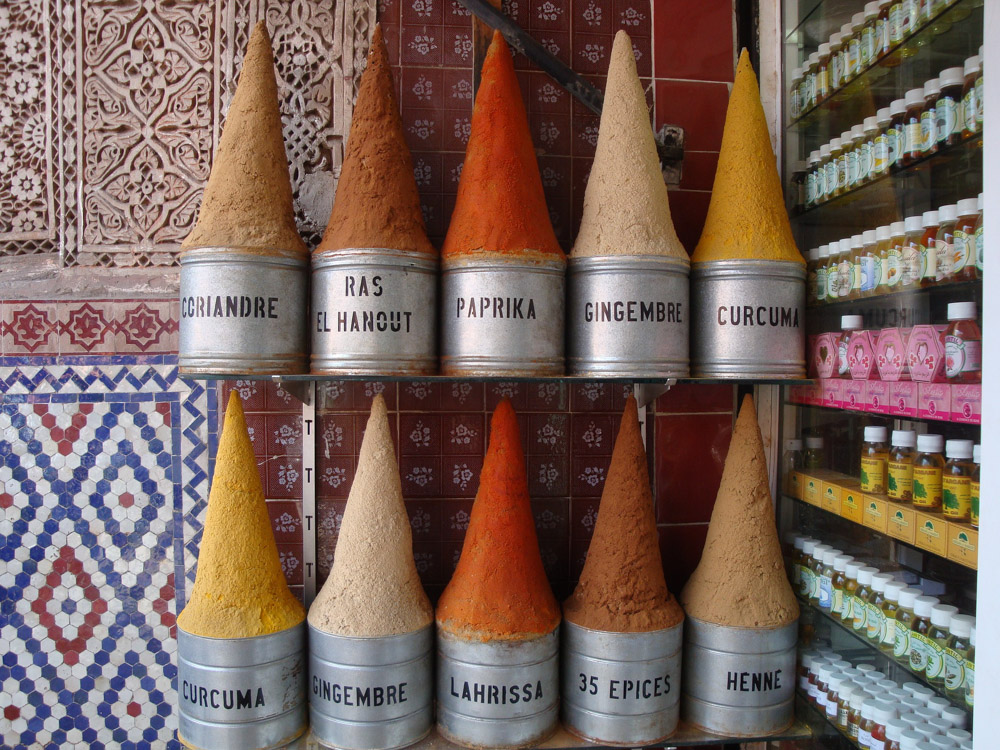
The Arabs also brought with them tart-sweet combinations that they had absorbed from the Persians. A tagine typically combines meat with sweet-and-sour flavours from different fruit – lamb with quinces or beef with dried apricots and dates, for example.
Lastly, after the fall of Moorish Spain, thousands of Sephardic Jews fled to North Africa, bringing their pickling and preserving methods with them. Before the advent of refrigerators, Moroccans relied upon these methods to preserve the bounty of their harvests, and pickled foods play a prominent role in many tagines – pickled lemons, carrots and peppers, and a bewildering range of olives.
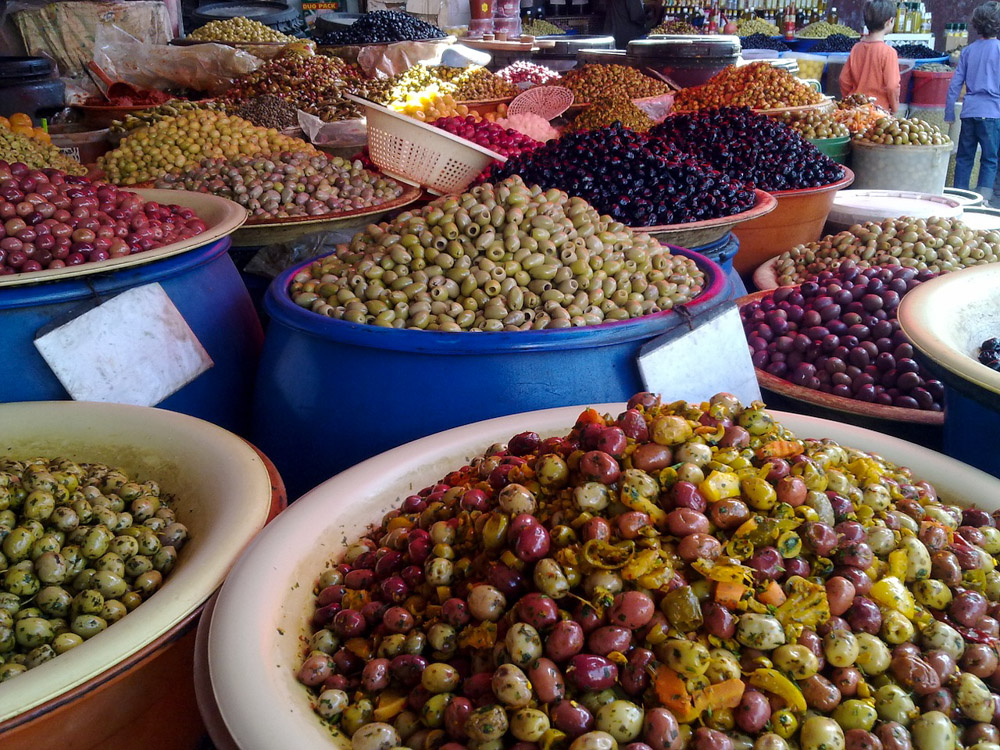
And so – thanks to the Arabs, Persians and Moorish Jews – a simple dish of meat and vegetables was transformed into a flavourful stew. Bread is all we need to complete this course of our meal, perfect to mop up the tagine’s delicious gravy. Each region of Morocco produces its own type of bread, as Peter discovered on his research trip, and bread accompanies most meals here – truly the staff of life.
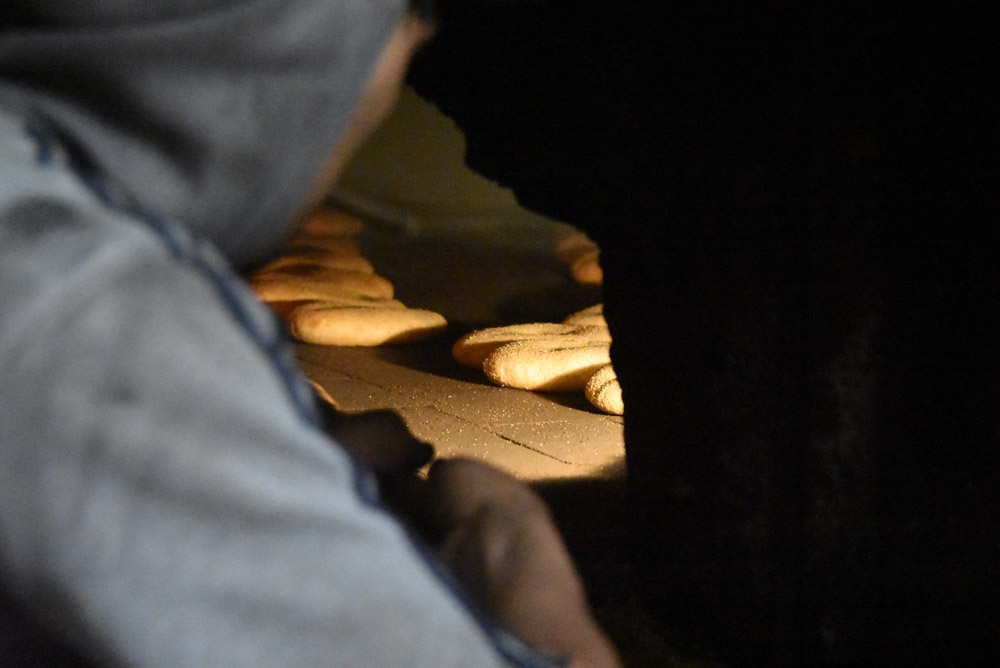
Should you still have any room at this point, it will be time for the couscous – one of the most familiar faces of Moroccan cuisine.
For those of us used to soaking instant couscous in hot water for a few minutes, the traditional way of preparing the dish comes as a shock: semolina flour and water are hand-rolled into tiny grains, dried and then steamed for up to two hours over a broth of spices and herbs in a couscoussiere, then tossed in brown butter with almonds, sugar and cinnamon. The final dish is fluffy and packed with flavour – a world away from the quick-cook packet version.
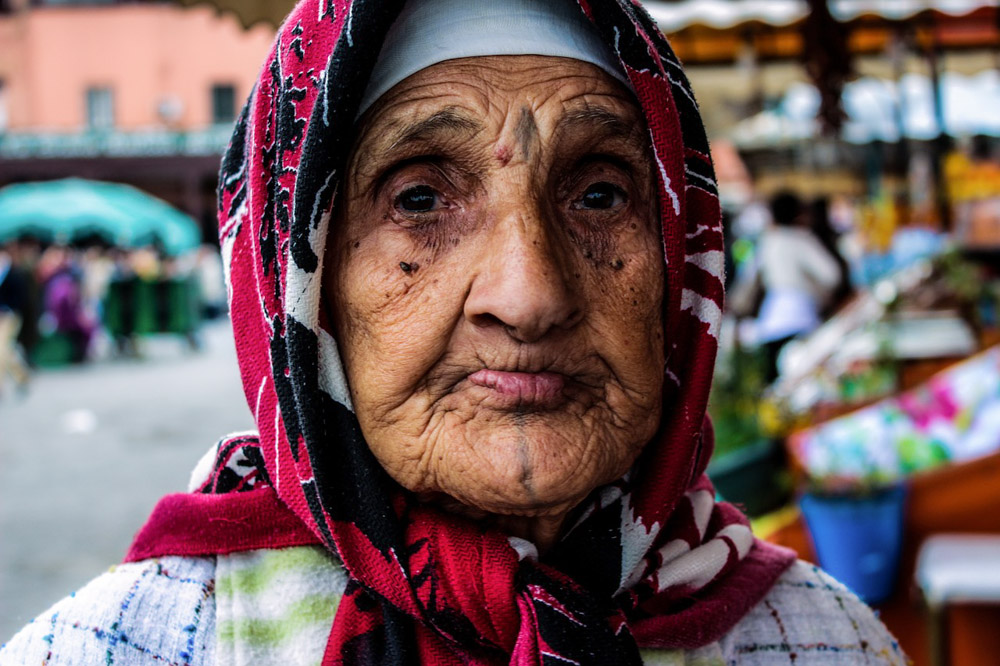
The Berbers may have been dining on couscous by 200BC – crude couscoussieres have been found from this period – though the grain was likely millet, rather that wheat at this point. From Berber kitchens, the dish slowly spread east towards Egypt, south to West Africa and north to Moorish Spain. By 1350, when Ibn Battuta travelled across North Africa, hungry travellers were routinely offered bowls of couscous in welcome, much as is the case today...
* * *
We hope that this has whetted your appetite for Morocco’s delicious national cuisine, and given you a taste of the country’s long, fascinating history. If you would like to experience the best of Morocco in person, please visit this page to find out more about our driving journey, Morocco’s Mosaic: Oases, Souks & Sahara.
